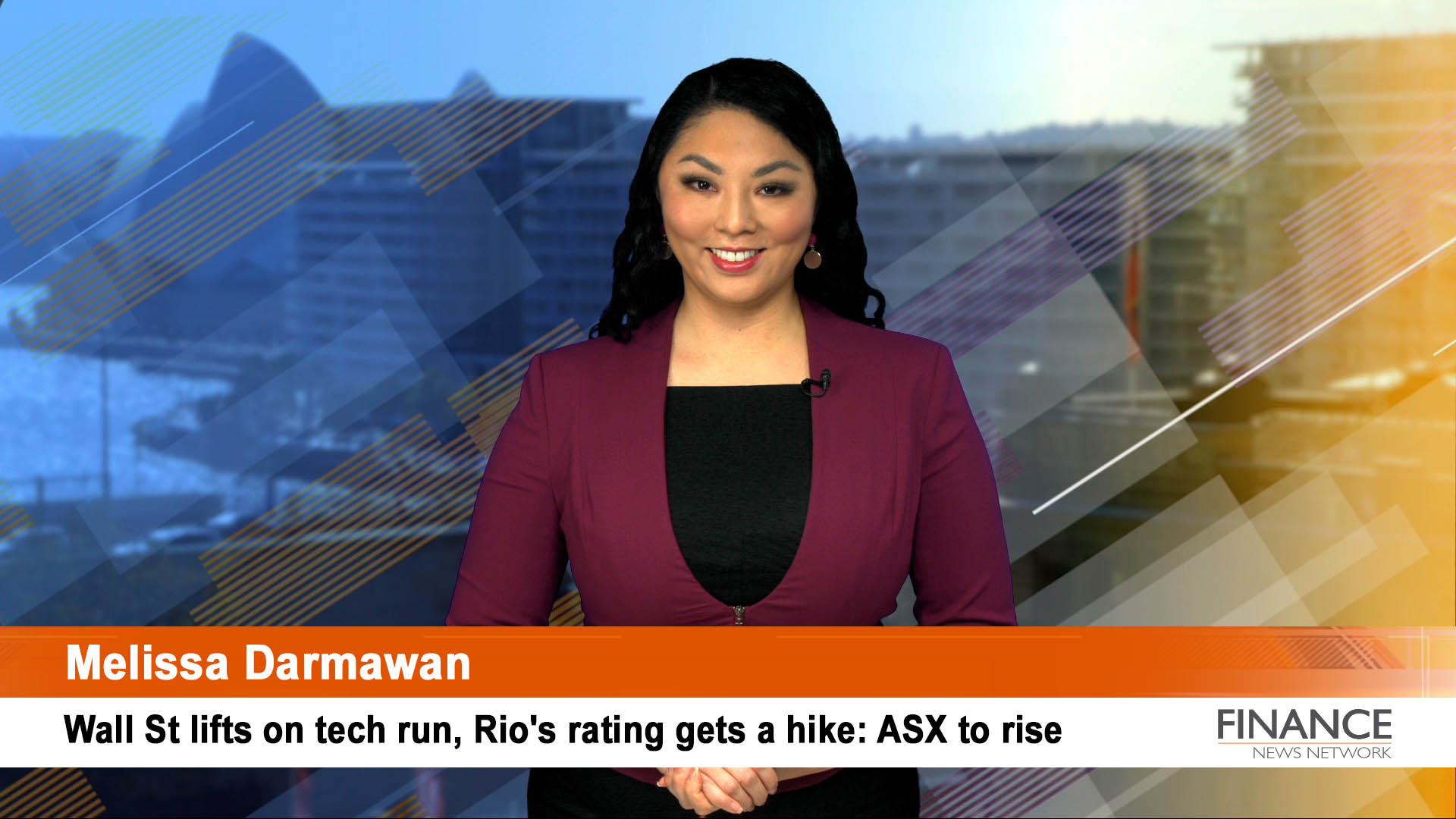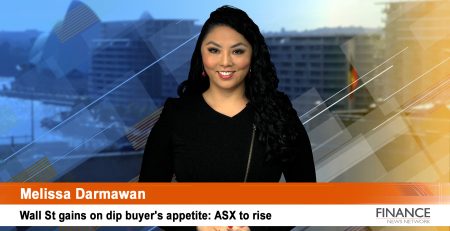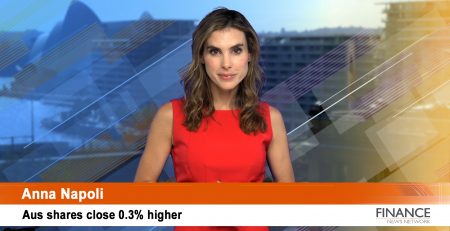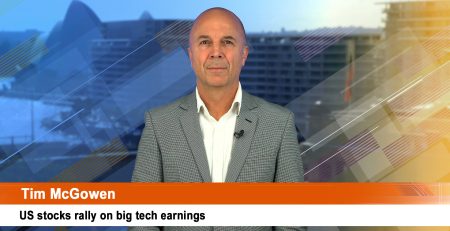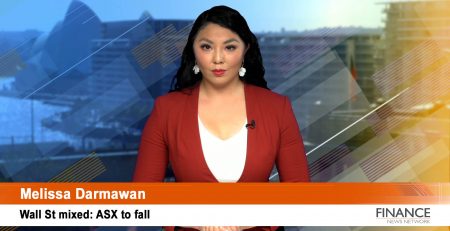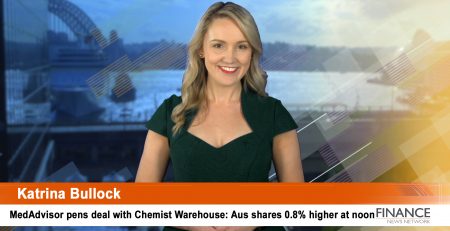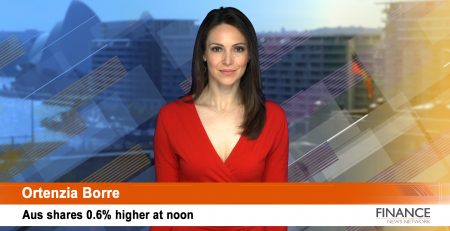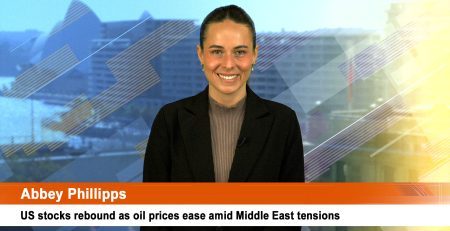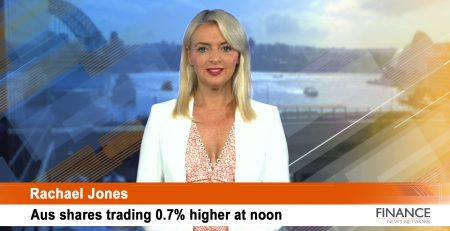Wall St lifts on tech run, Ramsay’s $1.4b spree, Rio’s rating gets a hike: ASX to rise
Wall St saw a rally after inflation hit record highs since 1982. Major indexes around the globe closed lower ahead of the US consumer price index. Morgan Stanley upgraded Rio Tinto’s (ASX:RIO) rating. Overview of the week with central banks taking the spotlight.
Markets staged a recovery after 2-weeks of decline
After two weeks of declines caused by the Omicron variant, financial markets recovered last week as investors' concerns continued to abate. Early data from South Africa showed that the virus appears to be spreading faster than earlier strains but hadn’t translated to an increased burden in hospitalisations. With reassurance around early data of vaccine efficacy, and words from health officials, risk appetite grew which saw major indexes within striking distance of November record highs.
Despite the volatility, weekly performances were decent. Highlights were the Dow Jones surging 4 per cent since Monday, Paris CAC jumped 3.3 per cent, the Shanghai Composite recovered 1.6 per cent, while back home the ASX gained 1.5 per cent.
Though the lead up of the highly anticipated inflation report in the US before Wall St opened on Friday saw all major indexes closing lower.
Inflation surges to fastest rate since 1982
Until market participants discovered that the consumer price index came in at 6.8 per cent in November from 6.2 per cent compared to the same time last year as per the Bureau of Labor Statistics. This was in line with expectations, though this inflation print is the highest annual inflation rate since 1982.
This is the ninth straight month where the inflation print has been above the Fed's 2 per cent target. Though analysts have said that it’s hard to compare this as it has come from a low base.
The economy was reopened a year ago but not to the same extent, so coupling this with continued stimulus from the Fed, low interest rates, a commodities rally, supply chain disruptions, and labour shortages, the variables created a perfect storm for prices to rise, and now likely setting up a scenario that the Fed could announce a quicker than expected taper timeline.
Interest rate lift-off & market reaction
Despite the Fed saying that the interest rate lift-off won’t happen straight after the taper program ends, it does mean that when it does happen, higher interest rates or borrowing costs could send the sharemarket lower, even though there are still a lot of household savings on the sideline.
Still, the hot inflation print appeared to not faze market participants as they were already digesting the Fed capitulating their view that inflation was transitory the week prior. So there wasn’t really a surprise. Instead investors moved in their stride as a faster taper which was already priced in, rewarded it as they were confident that pricing pressures would ease, and the S&P 500 hit a new record high for 67th time this year, while the greenback skidded as rate hike expectations were readjusted by traders.
Consumer sentiment rebounds but vulnerable
Meanwhile, consumer sentiment from the University of Michigan came in better than expected. There was a rebound in conditions and expectations in December while inflation expectations for the year ahead were steady at 4.9 per cent and at 3 per cent for the next five years.
Despite the improvement, consumer sentiment is likely to come under pressure if we see pricing pressures continue.
A meaty macro discussion, though we have rate decisions this week from nine central banks, including from the Federal Reserve, so it’s going to be an interesting week.
Figures around the globe
At the closing bell, the Dow Jones gained 0.6 per cent to 35,971, the S&P 500 added almost 1.0 per cent to 4,712 while the Nasdaq closed 0.7 per cent higher at 15,630.
Across the S&P 500, all sectors advanced. Information technology was the best performer, followed by consumer staples, and energy. Financials added the least, which makes sense as the yield on the 10-year treasury note fell 2 basis points to 1.48 per cent. Gold rose on a weaker greenback.
Across the Atlantic, European markets closed lower. Paris fell 0.2 per cent, Frankfurt lost 0.1 per cent and London’s FTSE lost 0.4 per cent as Britain’s GDP grew at 0.1 per cent in October, below the 0.4 per cent estimates.
Asian markets closed lower. Tokyo’s Nikkei fell 1 per cent, Hong Kong’s Hang Seng dropped 1.1 per cent after property companies Kaisa went into a trading halt, and Evergrande received restricted default ratings from Fitch for failing to pay interest on bonds, while China’s Shanghai Composite closed 0.2 per cent lower.
Back home, the Australian sharemarket closed 0.4 per cent lower at 7,354 as health, tech, and energy shares dragged the index lower on Friday.
In the resources space, Fortescue Metals (ASX:FMG) fell 0.8 per cent after its CEO stepped down, Oil Search (ASX:OSH) declined 2.4 per cent on its last trading day before its takeover by Santos (ASX:STO), it closed 2.1 per cent lower.
SPI futures
Taking all of this into the equation, the Aussie market is set to start on a warm note with the SPI futures pointing to a gain of 0.2 per cent.
Local economic news
Today, there’s a pulse check on the number of job vacancies from the National Skills Commission for November. Job openings are at 13-year highs and rose 7.8 per cent in October.
The week ahead
This is ahead of our jobs report on Thursday from the Australian Bureau of Statistics. It’s going to be a busy day on Thursday. We will wake up to news from the Fed’s 2-day meeting, we have a couple of speeches from Reserve Bank officials.
Also the Bank of England and European Central Bank hold policy meetings after the Fed. Not to mention that Thursday is the expiry day of all December quarter derivatives, so futures, and options listed on the ASX. It’s going to be a jam pack day.
But, there’s more as on the Tuesday prior, Wall St will receive the producer price index figures for November, and the Bank of Japan will have their policy meeting on Wednesday.
On Friday, the changes to the ASX index components are slated to be effective.
Company news
Ramsay Healthcare (ASX:RHC) has inked a deal to buy UK-based mental healthcare provider Elysium Healthcare for $1.4 billion from private equity firm BC Partners. The healthcare giant said the acquisition provided a unique opportunity to enter the growing UK mental health hospital market at scale with opportunities for organic and inorganic growth. Keep an eye out for more updates.
Broker moves
Morgan Stanley upgraded Rio Tinto’s (ASX:RIO) rating to overweight from equal-weight with a price target of $110.50. The broker feels that most negative news has been priced into the share price and upgrades its rating, and target price to $110.50 from $101.00. The broker feels risks are skewed to the upside with a positive view for aluminium and an improving economic and housing outlook in China. Morgans also cited that Rio has underperformed both rival BHP (ASX:BHP) and the ASX 200 materials index. Shares in Rio Tinto (ASX:RIO) closed 0.03 per cent higher at $95.83 on Friday.
Dividend-pay
There is one company set to pay eligible shareholders today. KKR Credit Income Fund (ASX:KKC).
AGMs
There are six companies set to meet with shareholders.
EP&T Global (ASX:EPX)
Fonterra Shareholders' Fund (ASX:FSF)
Health And Plant Protein Group (ASX:HPP)
Manuka Resources (ASX:MKR)
Peak Minerals (ASX:PUA)
Toys R Us ANZ (ASX:TOY)
Commodities
Iron ore has lost 3.8 per cent to US$102.60. Its futures are flat.
Gold added $8.10 or 0.5 per cent to US$1785 an ounce, silver was up $0.18 or 0.8 per cent to US$22.20 an ounce.
Oil gained $0.73 or over 1.0 per cent to US$71.67 a barrel.
Currencies
One Australian Dollar at 8:30 AM has strengthened since Friday, buying 71.77 US cents (Fri: 71.50), 54.21 Pence Sterling, 81.29 Yen and 63.44 Euro cents.
Copyright 2021 – Finance News Network
Source: Finance News Network

